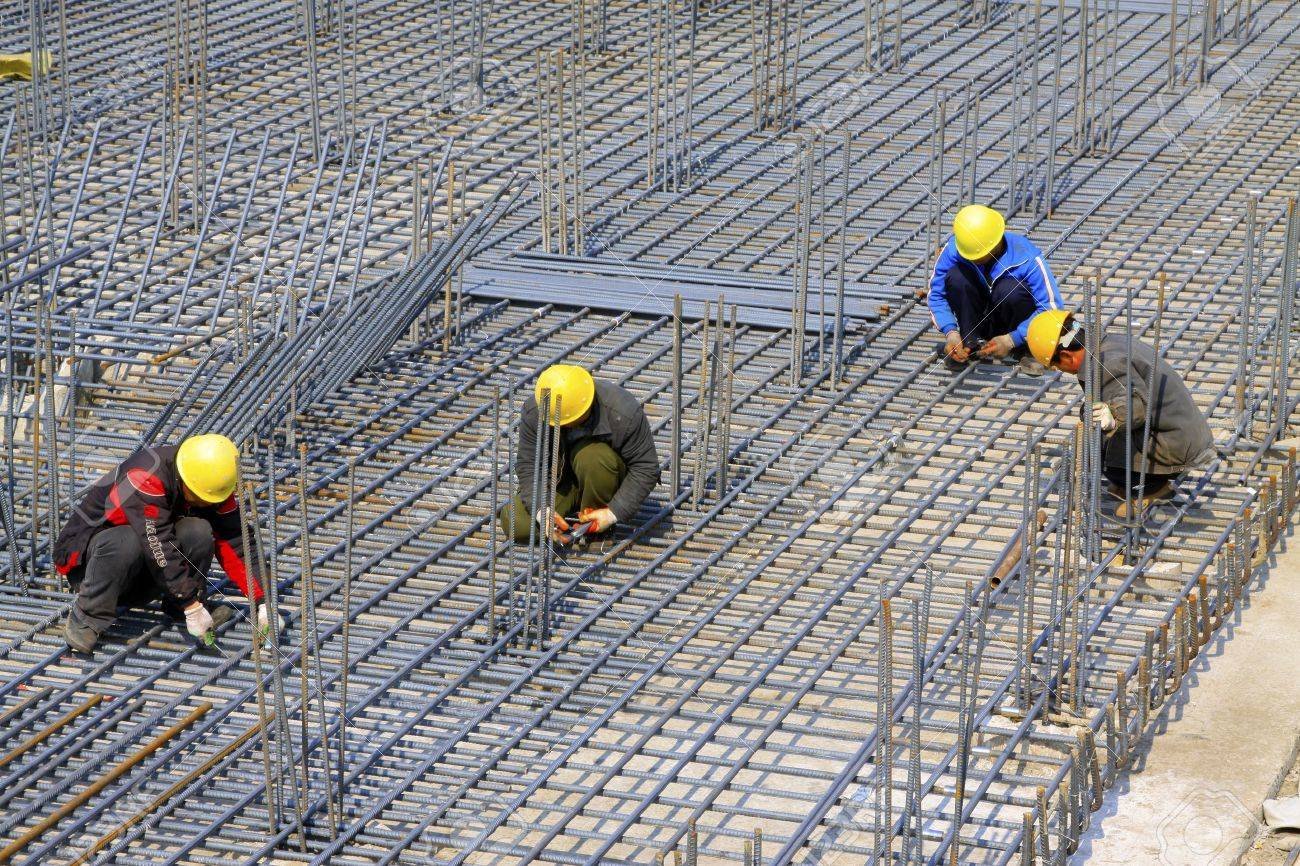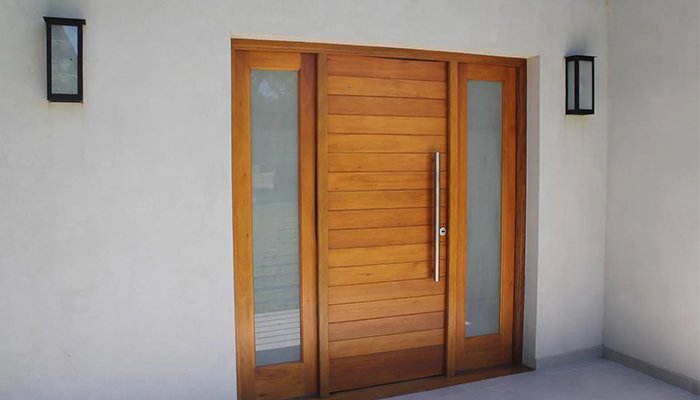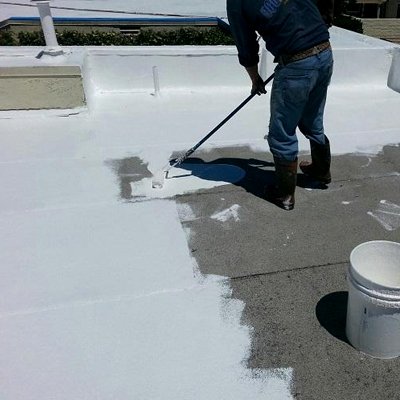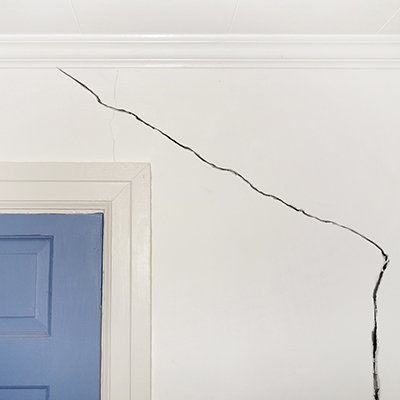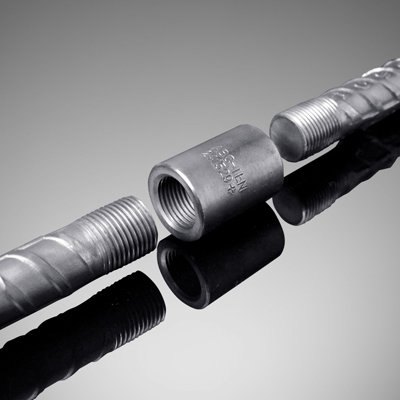REBARING IN RCC STRUCTURES
Rebar is the short form of reinforcing bar. Rebar significantly increases the tensile strength of the structure. Rebar’s surface is often deformed to promote a better bond with the concrete. There are different types of loads that including tension, compression, lateral, horizontal and torsion that are forms of pressure, against which the concrete has to show its strength. Concrete is very strong in compression, but relatively weak in tension. To compensate for this imbalance in concrete’s behavior, rebar is cast into it to carry the tensile loads. The reinforcements are also provided to join an old structure with a new structure. Most steel reinforcement is divided into primary and secondary reinforcement, but there are other minor uses:
- Primary reinforcement are the rebar put in place to support the design loads.
- Secondary reinforcement, also known as distribution or thermal reinforcement are placed to provide enough localized resistance to limit cracking and resist stresses caused by effects such as temperature changes and shrinkage.
- Rebar is also employed to resist concentrated loads by providing enough localized resistance and stiffness for a load to spread through a wider area.
- Rebar may also be used to hold other steel bars in the correct position to accommodate their loads.

Stirrups:
The stirrups are reinforcements that are provided laterally, to keep the main bars of the structural elements like beams and columns, in position. The stirrups can be circular, square, rectangular, helical shape.
The reinforcement bars in the corners are L – shaped. The reinforcements should be properly tied with each other to form a cage so while concreting the spacing remains same. This check should always be performed before concreting.
Cutting & Bending of Rebars:
- Bending of reinforcement steel bars requires adequate supervision, skilled workmanship and efficient equipment (IS: 2502). Personnel duly qualified shall be employed for cutting and bending operations.
- IS: 2502 shall be referred for bending. Dimensions shown in the bar bending schedule shall be checked before cutting the bars.
- Bending of bars shall be done in cold conditions only and no heating is permitted on bars. Load shall be applied gradually. Bar once bent shall not be reworked for modification etc. without the approval of the Engineer-in-charge.
- Bars having cracks or splits on the bends shall not be used.
- Equipment required:
- Cutting - Electric rebar cutter, Heavy-duty rebar cutter, Wire rope cutters, rebar cutting shears.
- Bending - Electric automatic rebar bending machine, Spiral hoop radius bender.

Spacing & Supporting of Rebars:
- All reinforcement shall be tied as per drawings. 18 swg G.I wire shall be used as binding wire. All bars crossing one another shall be bound with this wire twisted tight to make the skeleton on network rigid.
- For supporting spacer bars and chairs should be used wherever required.
- Place the reinforcement as per “Good for construction” drawings ensuring the size, spacing, bends, and number of bars and other parameters as per drawing.
Cover to Rebars:
The minimum cover should be provided as per final structural drawings. Covers blocks shall be of cement mortar. The shape of the cover Block can be cube, cuboid, cylinder, ring etc. The cover should be in the range of nominal cover +10 mm & -0 mm. Time to time inspection is required to main the quality control. Cover is required to avoid the rebar exposure to water & air and thus preventing corrosion of rebars.


Lapping of Rebars:
During placing the steel in RC structure if the required length of a bar is not sufficiently available to make a design length then lapping is done. Lapping means overlapping of two bars side by side to achieve required design length. Normally, lapping position is at the place where minimum shear force is acting. Normally lap length is 50D meaning 50 times the bar diameter if both bars are of same diameter. When lapping two bars of different diameters, the lap length is considered as 50 times the smaller diameter.

Testing of Rebars:
- Tensile test
- Compression test
- Bending test
- Brinell hardness test
- Rockwell hardness test
- Impact test
- Torsion test
- Shear test
Most common test is Tensile test - The specimen is subjected to constant tension load and the extension caused in the steel rod is noted against the load within the elastic limit. The load values at yield point, breaking point, and ultimate point are carefully noted. With the obtained values, the stress and strain are calculated and plotted in a graph and we get Yield stress, Young’s modulus, Ultimate stress, Nominal Breaking stress, Actual Breaking stress, % elongation & % Reduction of Area.

Non Usable Rebars:
These are the bars which do not pass under testing or which are corroded. Reinforcement steels, which do not conform to the specification shall be properly tagged, segregated out and recorded in order to prevent for inadvertent use. All such defective and rejected items shall be physically separated from the usable item.
Mechanical Connections:
Also known as “mechanical couplers”, mechanical connections are used to connect reinforcing bars together. Mechanical couplers are an effective means to reduce rebar congestion in highly reinforced areas for cast-in-situ concrete construction. These couplers are also used in precast concrete construction at the joints between members.

Placing of Rebars:
The Rebars are placed by concrete reinforcing iron workers, with bar supports and concrete rebar spacers separating the rebar from the concrete formwork to establish concrete cover and ensure that proper embedment is achieved.
Safety:
To prevent injury, the bars that are extended intentionally for future work must be bent over or covered with any plastic caps or “plate caps”. Mushroom Caps may provide protection from scratches and other minor injuries.


